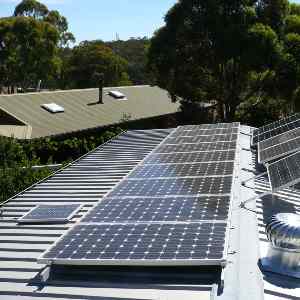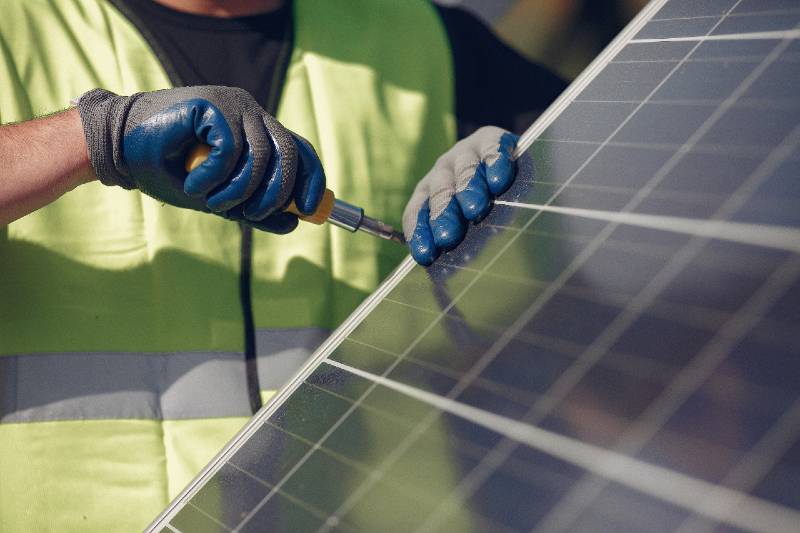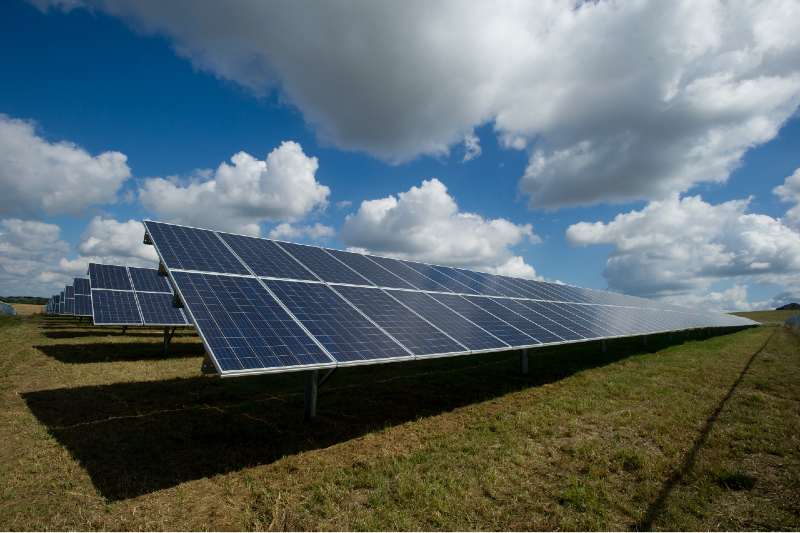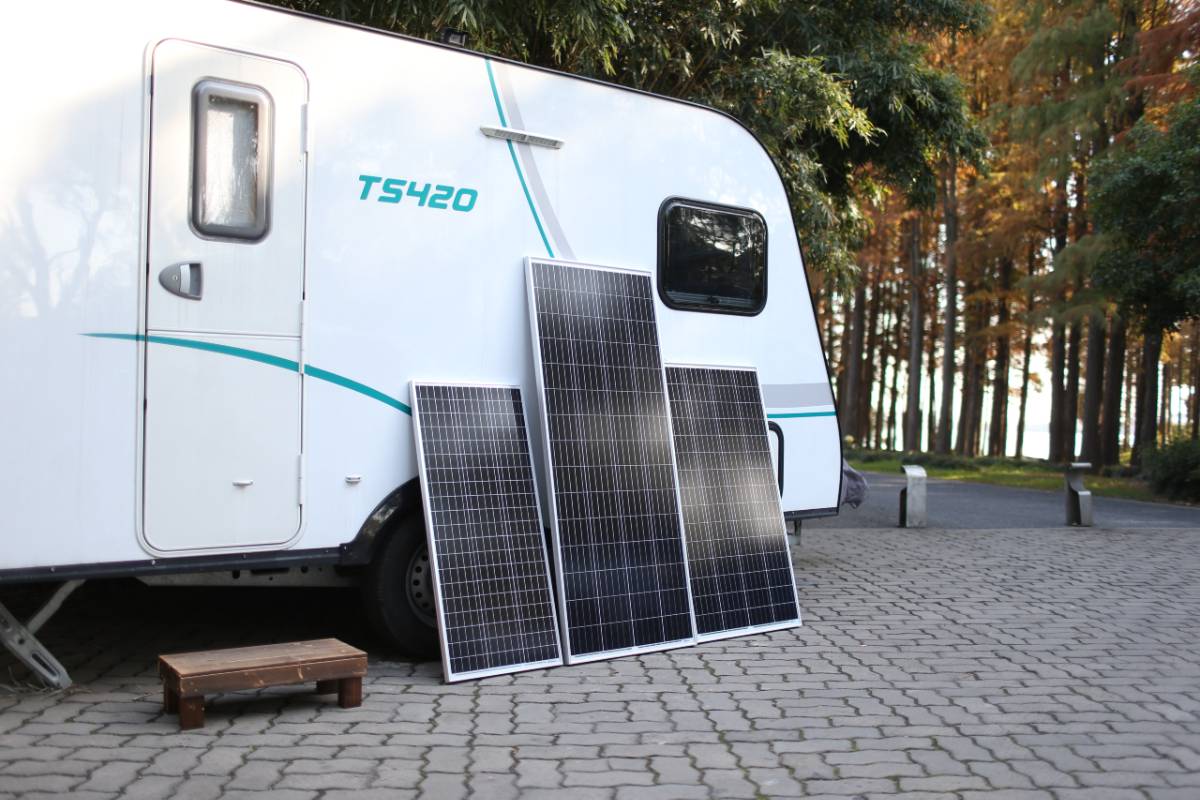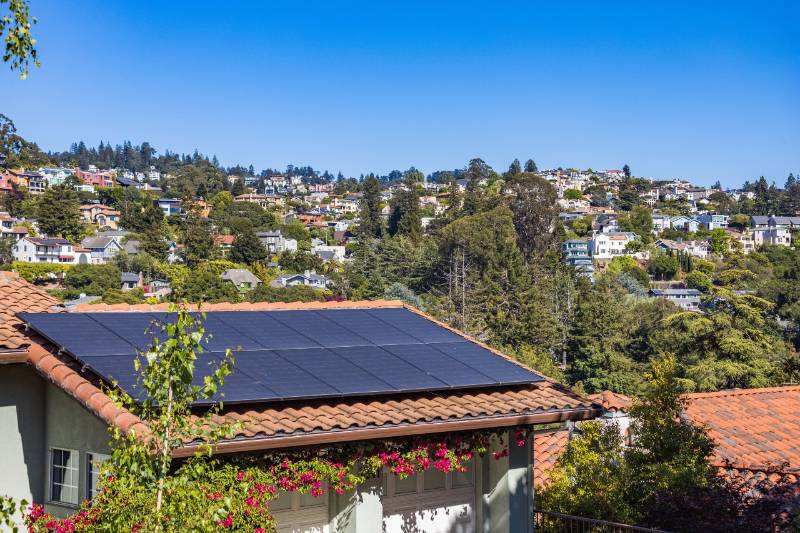Adding solar panels to your car can help reduce emissions and save you money on fuel costs.
But deciding whether or not this upgrade is right for you can be tricky.
I’ve over a decade of experience in the solar field, during which I’ve worked on multiple solar panel car roof projects.
In this article, I’ll walk you through whether solar-powered cars are practical, the top companies that work on this technology, and the factors you need to consider before installing solar panels on your car roof.
Key Takeaways
- Installing a solar panel car roof can help you save money on energy bills, reduce your carbon footprint, and even increase the resale value of your vehicle.
- The material of your car roof, the purpose of using the panels, roof strength, and roof shape all affect the type of solar panel system you will need.
- Flexible solar panels are the best choice for curved or uneven car roofs, while rigid panels are more suitable for flat roofs.
- Solar cars can be impractical and expensive, but still, manufacturers are developing more practical and affordable designs.
How Do Solar Panels Work?
Before we get into the specifics of a solar panel car roof, it’s important to understand how solar panels work.
Solar panels are made up of PV cells, which are made of semiconducting material.
When the sunlight falls on the semiconducting material, the photons in the light knock out electrons.
These electrons then flow from the PV cell into an electrical circuit, which creates a direct current (DC).
This generated electricity is then stored in the car battery which can be used to power its various electrical components, such as headlights and air conditioners.
What Are the Benefits of a Solar Panel Car Roof?
The main benefit of a solar panel car roof is that it helps reduce car emissions of harmful pollutants, such as carbon dioxide.
This is because solar panels generate electricity from the sun, rather than relying on traditional fuel sources.
With inflation also hitting our world hard and fuel prices rising, using solar panels can also help you save money on fuel costs.
I can tell you from personal experience that having a solar panel car roof is great for long trips when you don’t have access to a traditional charging station or fill-up station.
What to Consider Before Purchasing a Solar Panel for My Car Roof?
Before purchasing a solar panel for your car roof, there are a few things you should consider:
- The Purpose of the Solar Panel: What do you plan to use the solar panel for? Do you want it just for charging your car battery or do you intend to use it as a power source for camping? The purpose will determine the size and power of the solar system you should buy.
- The Material of the Car Roof: The material of the roof will determine the installation method. If your roof is made of metal, you can use a VHB mounting tape system which is perfect for heavy-duty installations. If your roof is made from rubber then use screw-in z brackets with lap sealant for a secure fit.
- Your Car Roof Strength: If you have an old car, the roof may not be able to bear the weight of a solar panel. So, you should get your roof inspected by a professional before installing the panel.
- Your Car Roof Shape: This will determine the type of solar panels you can install. Rigid flat panels are suitable for flat roofs, while flexible ones are better for curved and uneven surfaces.
Which Solar Panel Is Best for My Car Rooftop?
The best solar panel for your car rooftop is the flexible solar panel.
Although they’re not the most efficient type of solar cells, they’re super lightweight and can easily adapt to the curves of your car’s rooftop.
Besides being lightweight, flexible solar panels are constructed from thin wafers that measure as thin as 200 micrometers, so they don’t add much bulk to your car rooftop.
Are Solar-Powered Cars Practical?
Solar-powered cars aren’t much of a practical choice for everyday use.
To understand why, let’s work with an example.
Say you have a Tesla electric car that uses 34 kWh per 100 miles and you drive 50 miles a day.
So, your energy consumption per day would be 17 kWh.
And if your region receives peak sun hours of 5.5 hours a day, then the theoretical size of the solar system required to power your car is:
The Theoretical Size of the Solar System = Total Energy Consumption / Peak Sun Hours
= 17 kWh/5.5 hours = 3.09 kW
Now, let’s factor in the system losses due to the solar panel’s inefficiency and other system components.
The standard system losses are around 14%, so the actual size of the solar system would be:
Actual Size of the Solar System = Theoretical Size x 1.14
= 3.09 kW x 1.14 = 3.52 kW
If we pick a solar panel with a power wattage of 300W, then the total number of solar panels required for your electric car is:
Total Number of Solar Panels = Actual Size of the Solar System / Power Wattage
= 3.52 kW / 300W = 11.73, or 12 panels
So if you want to power your Tesla with solar energy, then you’ll need around 12 solar panels for it.
But what car roof has the space for 12 solar panels?
Of course, there isn’t a single car roof that can accommodate that much weight and space.
So, the solar panels used for cars will never cover more than a fraction of their energy needs, making it an impractical choice for daily use.
Besides, the direction of solar panels should ideally be facing the sun at all times for optimal output, and that’s not possible in a car.
That being said, integrating solar panels in cars’ frames is a great use of space.
Even if the panels aren’t generating enough energy for electric cars, they can still power your air conditioner, lights, and various electrical devices.
They can also trickle-charge dead batteries and be used as a reliable source of electricity for emergencies.
So in my opinion, solar car roofs are definitely worth it.
What Car Companies Make Solar-Powered Cars?
1. Sono Motors
Sono Motors is now offering its Sion car which comes with integrated solar cells on its roof, hood, trunk, and sides for about 28,500 euros (about $32,350) per car.
Their car comes with a 35 kWh battery pack which is capable of providing a range of up to 250 kilometers or 158 miles per charge.
The Sono Sion has 248 solar cells embedded into its body and each cell is capable of delivering an output of around 4.84 watts under direct sunlight.
So, the whole surface of the car can generate up to 1,200 watts or 1.2 kW of power which is enough for an additional range of around 34 kilometers (21.1 miles) per day.
Of course, this energy won’t be enough to power the car entirely, but it will help in extending the range of the car’s daily usage.
2. Lightyear Automotive
The Lightyear 0 is now available for pre-order and it costs around 250,000 euros ($296,000) per car.
It has a battery capacity of 60 kWh which is enough for a range of up to 625 kilometers or 388 miles per charge which is much more than the Sono Sion.
The Lightyear 0 also has 782 solar cells embedded on the bonnet, roof, and boot clad, capable of delivering up to 130 kW of energy under direct sunlight.
So, we can say that this car can generate enough energy to power itself completely, at least on a sunny day.
FAQs
What Does the Solar Roof in the Hyundai Sonata Do?
The solar roof in the Hyundai Sonata passively charges the car’s battery both while driving and when parked.
What Is the Disadvantage of Solar Car Roof?
The disadvantage of a solar roof is that you have to direct it towards the sun at all times to get optimal output which isn’t possible in a car.
Last Words
While the dream of powering electrical cars with solar panels on their roofs is still far from reach, implementing solar panels in car designs can have multiple benefits for both the environment and the user.
You can use it for emergencies, run your car’s electrical devices, and even help slowly recharge your car battery while driving.
No matter how you think of it, it’s a cool addition.
And with new solar technologies being introduced every day solar car roofs are definitely the future.

